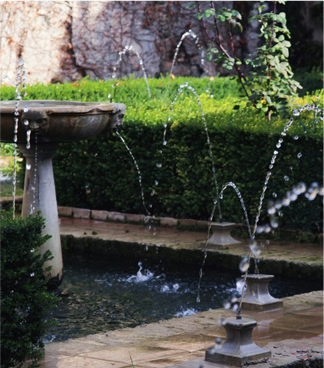नोभ . 13, 2024 10:54 Back to list
submersible pump water filled vs oil filled
Submersible Pumps Water-Filled vs. Oil-Filled
Submersible pumps are vital in various applications, ranging from drainage in construction sites to sewage treatment and even deep-well water extraction. A crucial decision when selecting a submersible pump lies in understanding the difference between water-filled and oil-filled pumps. Each type has unique properties, advantages, and disadvantages that influence their suitability for specific tasks.
Water-filled submersible pumps utilize water as the primary cooling and lubricating medium. Their design typically incorporates a sealed motor compartment where water circulates to dissipate heat generated during operation. This type of pump is popular in applications involving clean or relatively clean water, such as pool drainage, groundwater extraction, and irrigation. One of the most significant advantages of water-filled pumps is their simplicity and cost-effectiveness. They are generally lighter, making them easier to install and transport.
However, water-filled pumps come with limitations. They are generally less durable than their oil-filled counterparts and may not perform effectively in heavily contaminated or abrasive environments. Furthermore, if the water level drops below a certain threshold, the pump may run dry, risking damage to the motor due to overheating. This necessitates proper monitoring and maintenance to ensure reliable operation over time.
submersible pump water filled vs oil filled

On the other hand, oil-filled submersible pumps utilize oil for cooling and lubrication, offering several benefits. The oil creates a lubricating barrier that minimizes wear and tear on internal components, enhancing the pump's longevity. This type is particularly suited for harsh environments, including applications involving wastewater treatment or industrial processes where solids and corrosive materials are present. Oil-filled pumps can operate efficiently even when completely submerged for long periods, making them robust alternatives in challenging situations.
However, oil-filled submersible pumps also come with their drawbacks. They are generally more expensive than water-filled pumps and can be heavier, complicating installation. Additionally, oil leakage is a potential concern that could lead to environmental contamination if the equipment fails or is improperly maintained.
Ultimately, the choice between water-filled and oil-filled submersible pumps boils down to the intended application and environmental conditions. Understanding the specific requirements, including fluid type, contamination levels, and maintenance capabilities, will guide users in selecting the most appropriate pump for their needs. Consideration of both types’ advantages and disadvantages is crucial to ensure reliable performance and longevity in any pumping application.
-
Submersible Water Pump: The Efficient 'Power Pioneer' of the Underwater World
NewsJul.01,2025
-
Submersible Pond Pump: The Hidden Guardian of Water Landscape Ecology
NewsJul.01,2025
-
Stainless Well Pump: A Reliable and Durable Pumping Main Force
NewsJul.01,2025
-
Stainless Steel Submersible Pump: An Efficient and Versatile Tool for Underwater Operations
NewsJul.01,2025
-
Deep Well Submersible Pump: An Efficient 'Sucker' of Groundwater Sources
NewsJul.01,2025
-
Deep Water Well Pump: An Efficient 'Sucker' of Groundwater Sources
NewsJul.01,2025
-
 Submersible Water Pump: The Efficient 'Power Pioneer' of the Underwater WorldIn the field of hydraulic equipment, the Submersible Water Pump has become the core equipment for underwater operations and water resource transportation due to its unique design and excellent performance.Detail
Submersible Water Pump: The Efficient 'Power Pioneer' of the Underwater WorldIn the field of hydraulic equipment, the Submersible Water Pump has become the core equipment for underwater operations and water resource transportation due to its unique design and excellent performance.Detail -
 Submersible Pond Pump: The Hidden Guardian of Water Landscape EcologyIn courtyard landscapes, ecological ponds, and even small-scale water conservancy projects, there is a silent yet indispensable equipment - the Submersible Pond Pump.Detail
Submersible Pond Pump: The Hidden Guardian of Water Landscape EcologyIn courtyard landscapes, ecological ponds, and even small-scale water conservancy projects, there is a silent yet indispensable equipment - the Submersible Pond Pump.Detail -
 Stainless Well Pump: A Reliable and Durable Pumping Main ForceIn the field of water resource transportation, Stainless Well Pump has become the core equipment for various pumping scenarios with its excellent performance and reliable quality.Detail
Stainless Well Pump: A Reliable and Durable Pumping Main ForceIn the field of water resource transportation, Stainless Well Pump has become the core equipment for various pumping scenarios with its excellent performance and reliable quality.Detail
